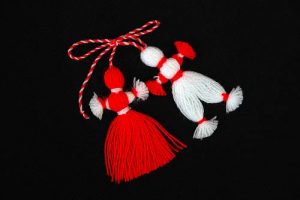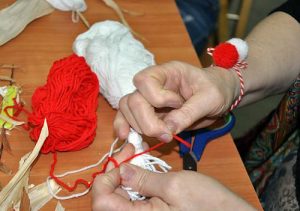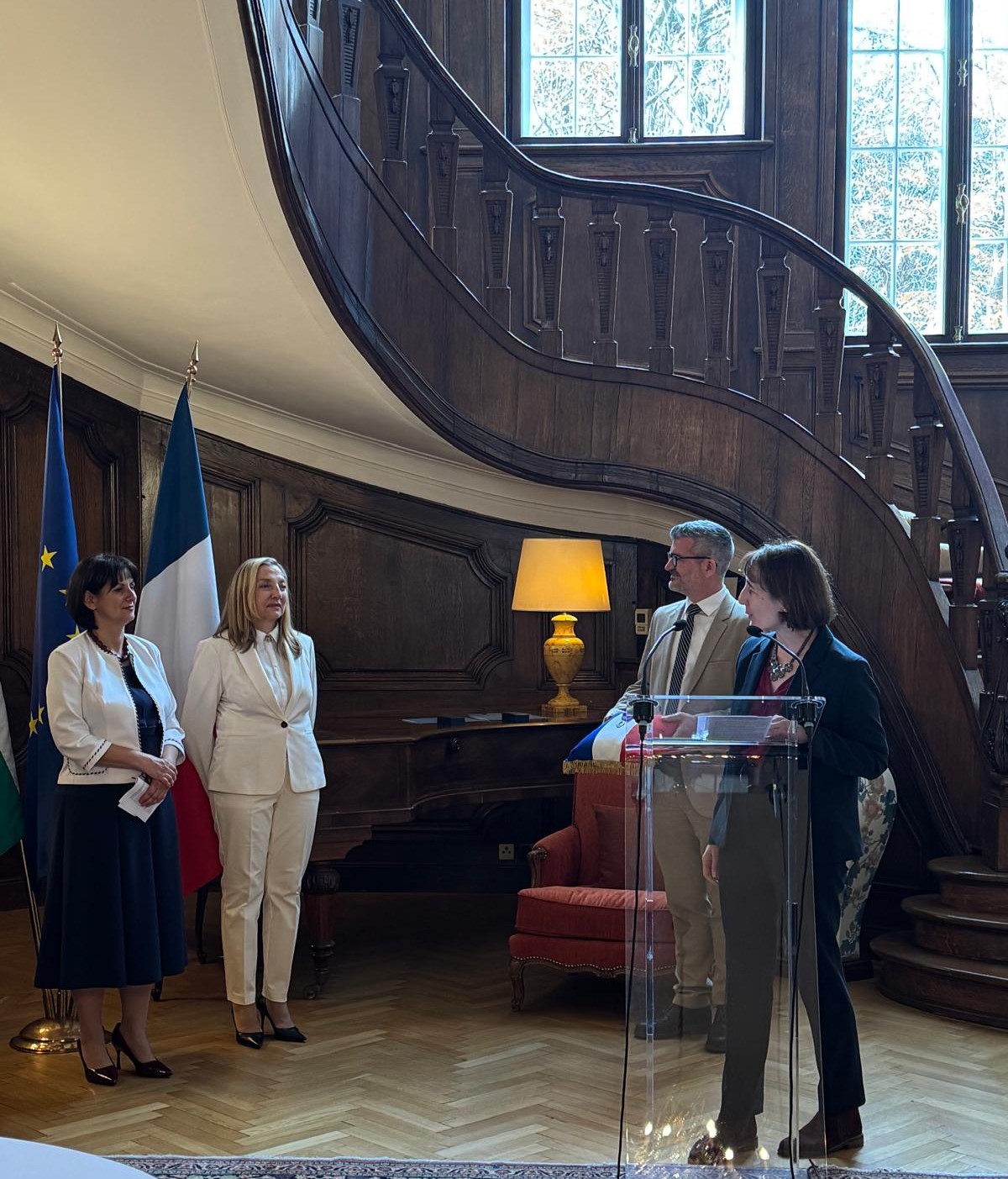The traditions associated with 1 March mark the transition between winter and spring and date back to the pre-Christian era. The most famous and widespread of them is the decoration with martenitsas of twisted white and red thread. It is believed that they protect against various dangers and ensure a smooth transition to the new season. In Bulgaria today they are worn by all people, regardless of their age. They are also hung on animals and fruit trees.
Martenitsas are removed when a person sees a stork or a swallow. They were tied, as they are usually attached also today, to a flowering tree, or they were put under a stone. After a while (the next day or after nine days) the stone was moved off, and if there were ants under it, it was believed that many lambs would be born during the year; if there was a beetle or a worm, then the calves would multiply. In some regions, the elderly threw martenitsas into the river “to get rid of all evil with the water.”
The custom of decorating martenitsa is widespread not only in Bulgaria but also in other Balkan countries. In 2017 it was inscribed on the UNESCO list of intangible cultural heritage of mankind as a common nomination from Bulgaria, Romania, Moldova and North Macedonia. On the Bulgarian side, Prof. Dr. Albena Georgieva, an expert from the Institute of Ethnology and Folklore Studies with Ethnographic Museum at BAS, took part in the preparation of the candidacy.







